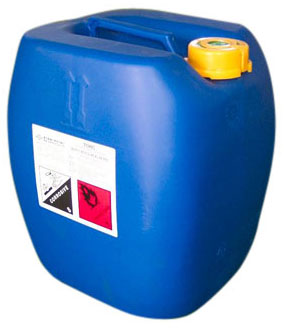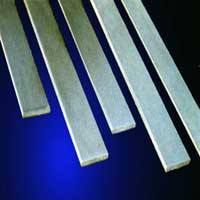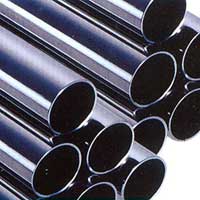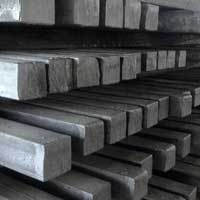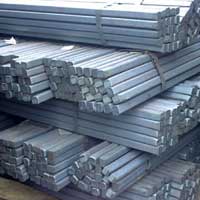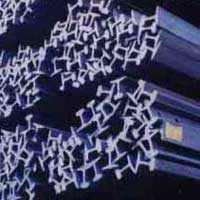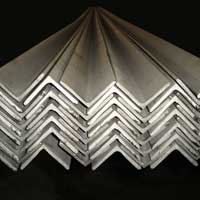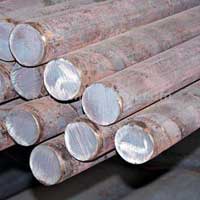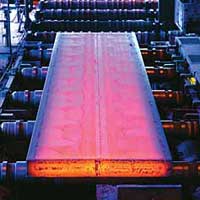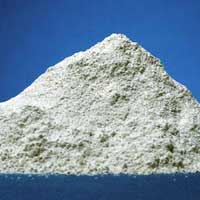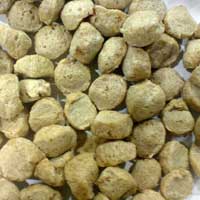Mandi Gobindgarh, Fatehgarh Sahib, Punjab
- GST NO. : 03AACCM5576G1ZJ
| Business Type | Manufacturer, Exporter, Supplier, Retailer |
| Density | 1.45 g/cm3 |
| Molar Mass | 34.0147 g/mol |
| Formula | H2O2 |
| Click to view more | |
Preferred Buyer From
| Location | India ( Punjab only) & All other countries |
Product Details
Mahawar Iron Stores Pvt. Ltd is a globally recognized Exporter, Importer, and Supplier of Hydrogen Peroxide. Hydrogen peroxide (H2O2) is an oxidizer commonly used as bleach. It is the simplest peroxide (a compound with an oxygen-oxygen single bond). Hydrogen peroxide is a clear liquid, slightly more viscous than water that appears colorless in dilute solution. It is used as a disinfectant, antiseptic, oxidizer, and in rocketry as a propellant. The oxidizing capacity of hydrogen peroxide is so strong that it is considered a highly reactive oxygen species.
Uses
Industrial Applications
Other major industrial applications for hydrogen peroxide include the manufacture of sodium percarbonate and sodium perborate, used as mild bleaches in laundry detergents. It is used in the production of certain organic peroxides such as dibenzoyl peroxide, used in polymerizations and other chemical processes. Hydrogen peroxide is also used in the production of epoxides such as propylene oxide. Reaction with carboxylic acids produces a corresponding peroxy acid. Peracetic acid and meta-chloroperoxybenzoic acid (commonly abbreviated mCPBA) are prepared from acetic acid and meta-chlorobenzoic acid, respectively. The latter is commonly reacted with alkenes to give the corresponding epoxide.
About 50% of the world's production of hydrogen peroxide in 1994 was used for pulp- and paper-bleaching. Other bleaching applications are becoming more important as hydrogen peroxide is seen as an environmentally benign alternative to chlorine-based bleaches.
In the PCB manufacturing process, hydrogen peroxide mixed with sulfuric acid was used as the microtech chemical for copper surface roughening preparation.
A combination of a powdered precious metal-based catalyst, hydrogen peroxide, methanol and water can produce superheated steam in one to two seconds, releasing only CO2 and high-temperature steam for a variety of purposes.
Recently, there has been increased use of vaporized hydrogen peroxide in the validation and bio-decontamination of half-suit and glove-port isolators in pharmaceutical production.
Nuclear pressurized water reactors (PWRs) use hydrogen peroxide during the plant shutdown to force the oxidation and dissolution of activated corrosion products deposited on the fuel. The corrosion products are then removed with the cleanup systems before the reactor is disassembled.
Hydrogen peroxide is also used in the oil and gas exploration industry to oxidize rock matrix in preparation for micro-fossil analysis.

A method of producing propylene oxide from hydrogen peroxide has been developed. The process is claimed to be environmentally friendly, since the only significant byproduct is water. It is also claimed the process has significantly lower investment and operating costs. A caprolactam application for hydrogen peroxide has been commercialized. Potential routes to phenol and epichlorohydrin utilizing hydrogen peroxide have been postulated.
Domestic Uses
- Diluted H2O2 (between 3% and 8%) is used to bleach human hair when mixed with ammonium hydroxide, hence the phrase "peroxide blonde".
- It is absorbed by skin upon contact and creates a local skin capillary embolism that appears as a temporary whitening of the skin.
- It is used to whiten bones that are to be put on display.
- 3% H2O2 is used medically for cleaning wounds, removing dead tissue, and as an oral debriding agent. Peroxide stops slow (small vessel) wound bleeding/oozing, as well. However, recent studies have suggested that hydrogen peroxide impedes scarless healing as it destroys newly formed skin cells. Most over-the-counter peroxide solutions are not suitable for ingestion.
- 35% hydrogen peroxide is used to prevent infection transmission in the hospital environment, hydrogen peroxide vapor is registered with the US EPA as a sporicidal sterilant.
- 3% H2O2 is effective at treating fresh (red) blood-stains in clothing and on other items. It must be applied to clothing before blood stains can be accidentally "set" with heated water. Cold water and soap are then used to remove the peroxide treated blood.
- The United States Food and Drug Administration (FDA) has classified hydrogen peroxide as a Low Regulatory Priority (LRP) drug for use in controlling fungus on fish and fish eggs.
- Some horticulturalists and users of hydroponics advocate the use of weak hydrogen peroxide solution in watering solutions. Its spontaneous decomposition releases oxygen that enhances a plant's root development and helps to treat root rot (cellular root death due to lack of oxygen) and a variety of other pests.
- Laboratory tests conducted by fish culturists in recent years have demonstrated that common household hydrogen peroxide can be used safely to provide oxygen for small fish. Hydrogen peroxide releases oxygen by decomposition when it is exposed to catalysts such as manganese dioxide.
- Hydrogen peroxide is a strong oxidizer effective in controlling sulfide and organic-related odors in wastewater collection and treatment systems. It is typically applied to a wastewater system where there is a retention time of 30 minutes to 5 hours before hydrogen sulfide is released. Hydrogen peroxide oxidizes the hydrogen sulfide and promotes bio-oxidation of organic odors. Hydrogen peroxide decomposes to oxygen and water, adding dissolved oxygen to the system, thereby negating some Biochemical Oxygen Demand (BOD).
Use as propellant
As a bipropellant H2O2 is decomposed to burn a fuel as an oxidizer.
High concentration (H2O2) is referred to as HTP or High test peroxide. It can be used either as a monopropellant (not mixed with fuel) or as the oxidizer component of a bipropellant rocket. Use as a monopropellant takes advantage of the decomposition of 70–98+% concentration hydrogen peroxide into steam and oxygen.
While rarely used now as a monopropellant for large engines, small hydrogen peroxide attitude control thrusters are still in use on some satellites. They are easy to throttle, and safer to fuel and handle before launch than hydrazine thrusters. However, hydrazine is more often used in spacecraft because of its higher specific impulse and lower rate of decomposition.
Therapeutic use
Hydrogen peroxide is generally recognized as safe (GRAS) as an antimicrobial agent, an oxidizing agent and for other purposes by the FDA.
Hydrogen peroxide has been used as an antiseptic and anti-bacterial agent for many years due to its oxidizing effect. While its use has decreased in recent years with the popularity of readily available over the counter products, it is still used by many hospitals, doctors and dentists.
- Like many oxidative antiseptics, hydrogen peroxide causes mild damage to tissue in open wounds, but it also is effective at rapidly stopping capillary bleeding (slow blood oozing from small vessels in abrasions), and is sometimes used sparingly for this purpose, as well as cleaning.
- Hydrogen peroxide can be used as toothpaste when mixed with correct quantities of baking soda and salt, though the cited study shows that this is no more effective than toothpaste alone.
- Hydrogen peroxide and benzoyl peroxide are sometimes used to treat acne.
- Hydrogen peroxide is used as an emetic in veterinary practice
Looking for "Hydrogen Peroxide" ?
Explore More Products


